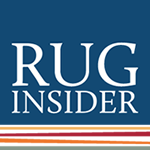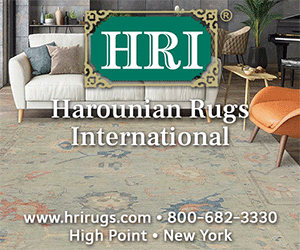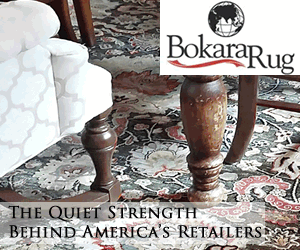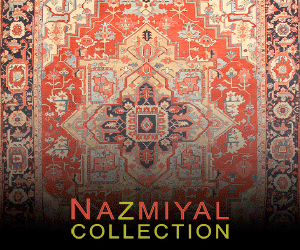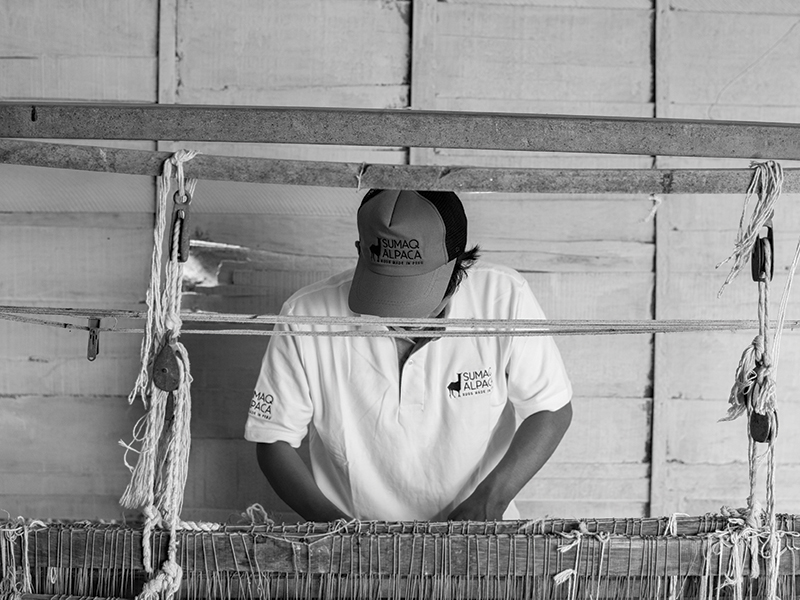To attempt to describe the softness of alpaca is to nearly exhaust the dictionary of adjectives amounting to soft, luxurious, and the like. We first met Sumaq Alpaca in 2016 and for this “Made in the Amercas” issue of Rug Insider we venture both north to Canada where the firm is based, and south to Peru where its rugs are made, as we explore the remarkable fiber.
The alpaca, a close relative of the llama, was originally bred for its luxuriously soft wool; to the Incas it was known as the “fiber of the gods,” in that like in many cultures the world over, the extraordinary and recherché was reserved for the use of royalty, the godlike. Used for the making of cloth and then clothing of those “born in the purple,”—if you’ll allow the cross-cultural nod which references this issue’s InFocus feature, Porphyrogénnētos—alpaca wool offers an indulgent almost decadent to the touch hand.
For rugs and carpets and indeed hides crafted from the Andean camelid, they belong to the modern day monarchial, if the rug and carpet had such a distinction. This is Sumaq Alpaca Rugs.
“We started our business in 2010 after spending time in Peru,” begins Collis Verdicchio as he describes the origins of Sumaq Alpaca Rugs to Rug Insider. “At the time, we were trying to import a bunch of other products before we stumbled on alpaca rugs. In the beginning, we had no idea about rugs, and really knew nothing about alpaca. It was our first buyer in Vancouver, Canada, that saw a small alpaca sample and loved it.” Verdicchio and his business parter, Derek Beech, have been in love with the fiber ever since with Verdicchio noting that, “A few years later, we completely ditched our 100% wool collection and went fully toward alpaca.
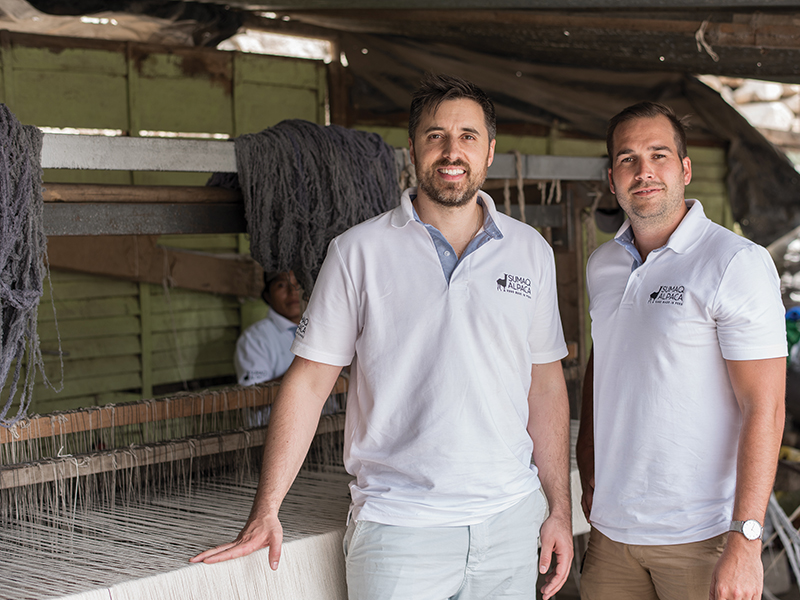
Collis Verdicchio and Derek Beech are the principals of Sumaq Alpaca Rugs.
The alpaca is a domesticated animal which is herded in the mountains of Peru, Bolivia, Ecuador, and Chile at an altitude of 11,500 ft (3,500 m) to 16,000 ft (5,000 m) above sea level. Its fleece is known to be durable, more durable than sheep’s wool, soft, softer than sheep’s wool, non-flammable versus wool’s self-extinguishing distinction, warm, warmer than sheep’s wool, and owing to its lack of natural oils, hypoallergenic—the same cannot be said of wool.
Each spring, the supply chain of Sumaq Alpaca, in addition to shearing fleece, also gathers hides from alpaca who succumb to natural forces over the previous winter. In doing so the firm reclaims a resource which would have otherwise been lost, while simultaneously providing materials for the creation of its more sublime shag like rug collection, Suri—named after and crafted from one of the two breeds of alpaca.
The other breed is huacaya. The fleece from the suri is softer and more silk-like than that of the huacaya which has a bulkier, dense, and more matte appearance. Sumaq uses both with selection depending on the desired aesthetic and technical characteristics.
Verdicchio again, “What keeps us going, is the fact our clients love our rugs. It has also been a privilege, to be a part of creating a very small niche that is continuing to grow year after year. When we started very few people had ever seen an Alpaca rug, and now we get people from all over the world emailing us for one. It's cool to see the market grow and we are very privileged to supply it!”
There are two distinct types of rugs made from alpaca. Hide rugs which, as the name implies, are made from the tanned hides of alpaca, again, naturally culled. They can be freeform or regimented, the can be single color, or they can be comprised of a patchwork of natural alpaca colors. They can of course even be dyed.
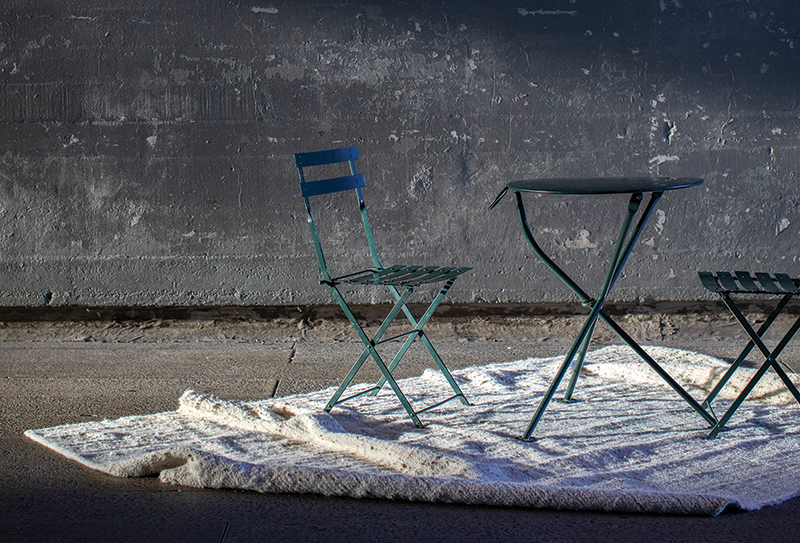
Dramatic lighting highlights a rug from Sumaq Alpaca, hinting at the elusive texture and hand of the inimitable natural fiber.
The other type is that made by hand from yarn spun from the alpaca fleece. Handknotted, flatweave, it doesn’t matter. If yarn can be used in the creation of a rug, the yarn can likewise also be made from alpaca. Sumaq Alpaca offers an assortment of constructions across both categories with no limit or end in sight. “Honestly, we are a very agile company and take pride in never saying 'no' to developing new ideas. That is why every year we have roughly five to fifteen new weaves,” states Verdicchio before adding “We want designers to have fun. To design away! And always come to us to push their crazy ideas forward.”
Unlike many other rug producing countries, in the rural Peruvian communities in which Sumaq has its rugs made, rug weaving is not a modern manufacturing process. By creating and keeping jobs in rural communities throughout Peru, Sumaq employs people who keep alive a tradition of craft that has been passed down from generation to generation. With a handmade loom and skillful knowledge, local weavers can and do feed, clothe, and shelter an entire family.
Verdicchio in closing, “Alpaca rugs are the softest rugs on the market and in a home that has three to five rooms [of rugs], one should have an alpaca rug. When you wake up barefoot in the morning and step onto your custom alpaca rug you will understand what I'm talking about!”
Images courtesy of Sumaq Alpaca.

